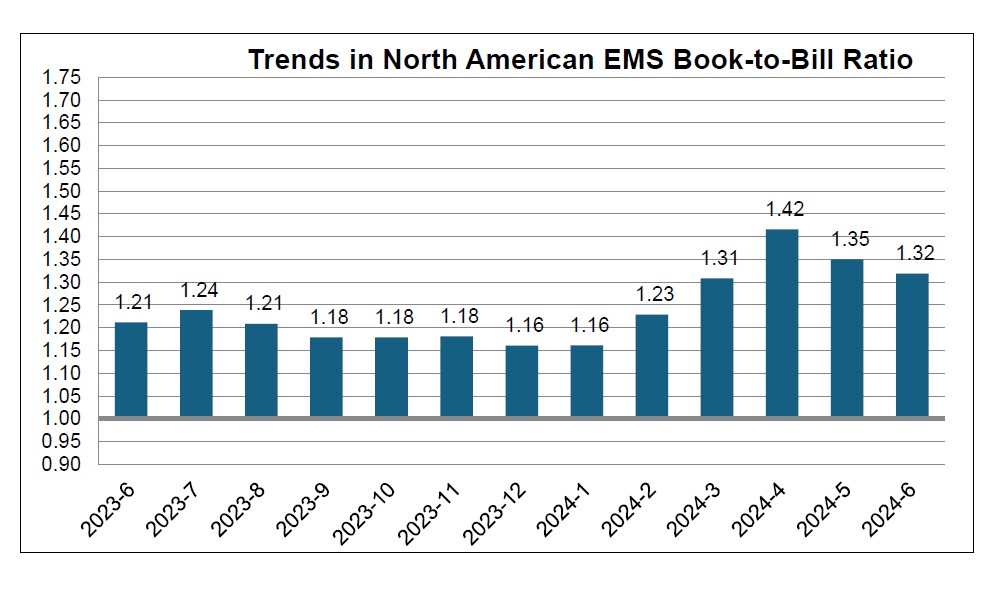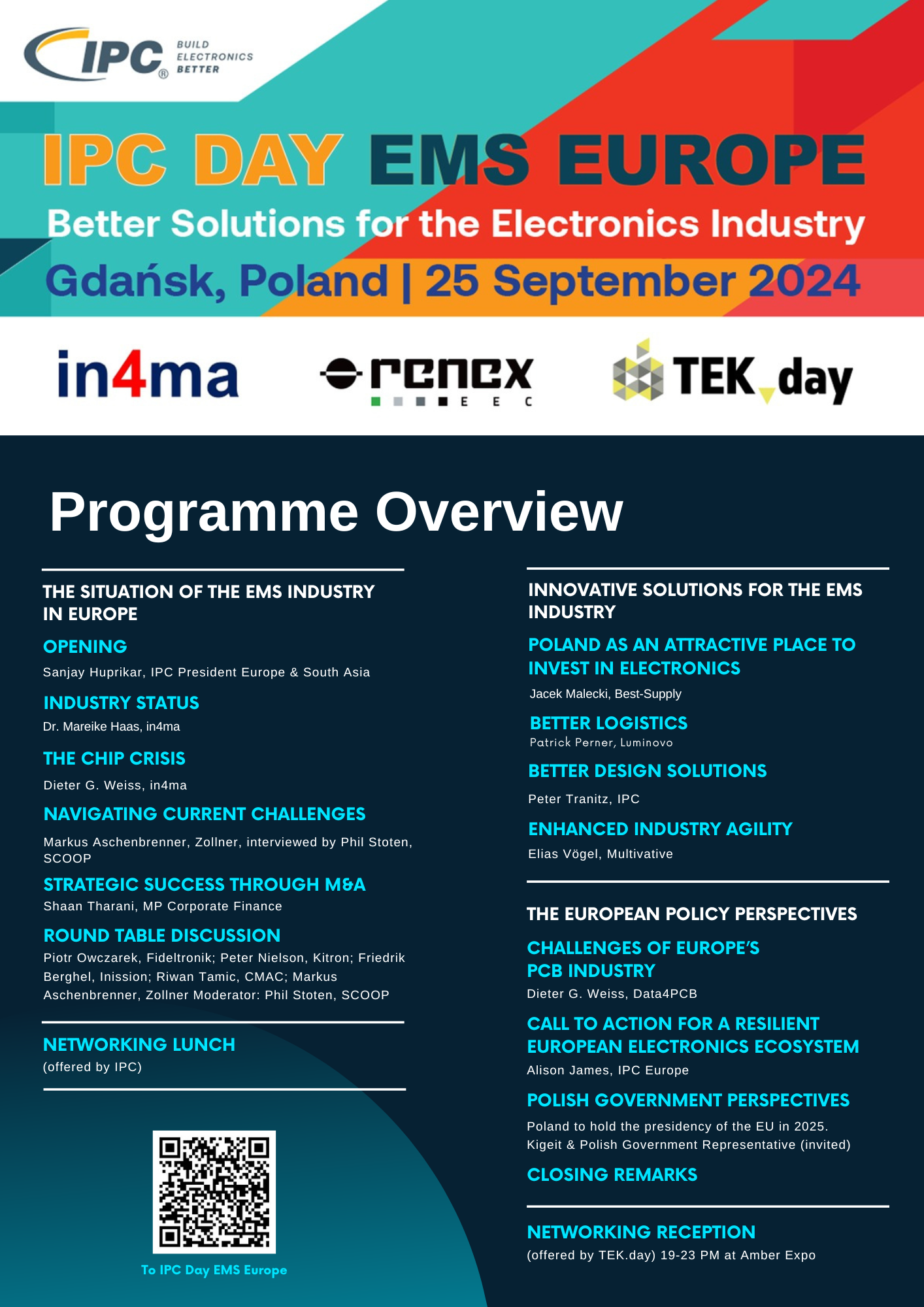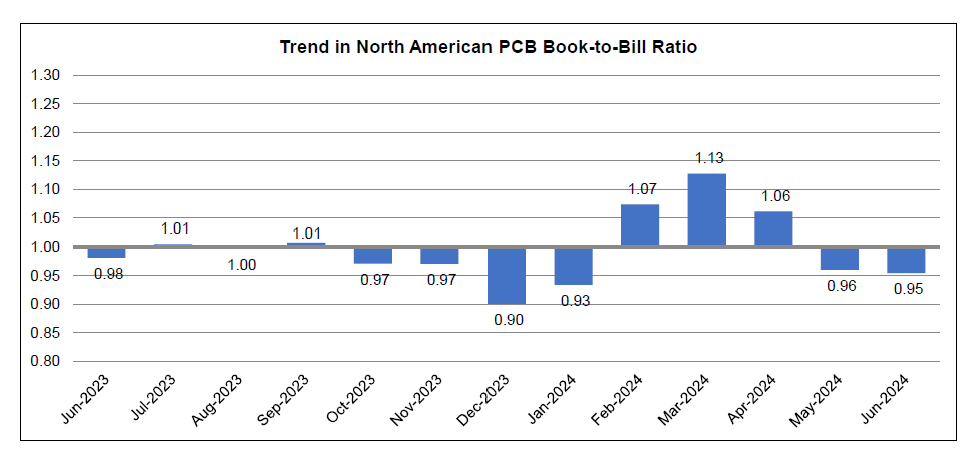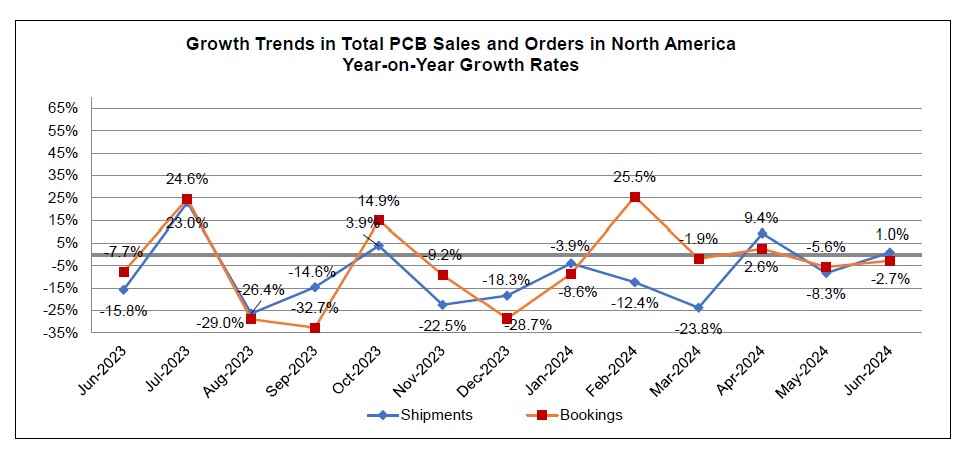The IPC Education Foundation (IPCEF) promotes opportunities for students to access information and financial assistance for careers in the electronics manufacturing industry. In addition to the existing IPC Scholarship and Award program, which has awarded more than $200,000 since 2019, the IPCEF was selected as one of the Opportunity Next Colorado Scholarship Program recipients.
The Opportunity Next Colorado Scholarship Program aims to increase enrollment in Colorado-based postsecondary education and training programs by prioritizing learners who pursue an in-demand or high-priority pathway. Scholarships are awarded to all eligible students who intend to enroll at a university or college to pursue an in-demand or high-priority postsecondary pathway or to students who intend to participate in a registered apprenticeship program. Each scholarship award provides a maximum of $1,500 per recipient. The student can use scholarship money for tuition, fees, and books.
“This opportunity aligns perfectly with our commitment and efforts to build a talent pipeline for the electronics manufacturing industry. What better way to support talented aspiring engineers in their next steps towards pursuing careers within the industry?” shared Charlene Gunter, senior director of IPCEF. “Meeting the students virtually via Zoom, seeing the excitement about the next chapter in their lives, and learning more about their career interests in becoming (electronics, aeronautical, mechanical) engineers cemented the positive impact this scholarship has for each one of them. We are grateful to Opportunity Next Scholarship Program for entrusting us with the award, and we are excited to play a small part in these students’ future careers.”
IPC, IPCEF’s parent organization, has successfully assisted OEMs, EMS, PCB manufacturers, cable and wire harness manufacturers, and electronics industry suppliers for 67 years. More than 3,200 companies worldwide depend on IPC programs and services to further their competitive advantage and financial success, including identifying skilled workers.
IPCEF's relationship with local high schools, community colleges, and universities in Colorado has enabled IPCEF to support students beyond their existing programs. One of the schools that participated in a select program, the LPS Explorative Pathways for Innovative Careers "EPIC" Campus, officially opened in August 2023, produced 10 students benefiting from this opportunity.
EPIC’s programs allow students to experience hands-on learning using state-of-the-art technology and innovative processes. Educational pathways aligned to industry standards will focus on the following areas: aerospace, business and entrepreneurship, computer science, construction trades, future educators, health science, and natural resources.
Travis Amonson, Principal at EPIC Campus shared the following statement, “The EPIC Campus in Littleton, Colorado, was fortunate to receive grant funding at the end of the 2023-2024 school year from IPC through Opportunity Next. There were 10 recipients of scholarships. All 10 students plan to attend college and major in a degree related to the aerospace industry. At the EPIC Campus, students participated in the Aerospace Pathway, which offers classes related to Aerospace Engineering, Advanced Manufacturing, and Electronics. Students could take these classes, better understand the work, and make an educated decision about future plans. We are incredibly grateful for the partnership with IPC and the grant funding as it will certainly help students and their families as they pursue their degrees.”
IPC and IPCEF continue to look for opportunities to support the industry by identifying talent hubs for future employment. Victoria Hawkins, IPC director of workforce grants and proposals, stated, “We’ve been awarded $15,000 through this program and made a difference in 10 highly deserving student graduates from a Colorado high school, EPIC Campus. Our partnership with EPIC is unique, and this scholarship will support these students’ next steps in pursuing undergraduate degrees in an in-demand or high-priority postsecondary pathway, which includes engineering and technology and advanced manufacturing.”
Interested recent high school graduates who would like to learn more about this scholarship opportunity and in need of financial support whilst pursuing a degree at a local Colorado-based university can visit the following website and complete the interest form: https://www.ipcef.org/opportunity-next-colorado.
For more information on the grant opportunity, IPC, IPCEF and EPIC, visit the links below:
Grant information: https://oedit.colorado.gov/programs-and-funding/opportunity-next-colorado
IPCEF: http://ipcef.org/
IPC: https://www.ipc.org/
EPIC: https://littletonpublicschools.net/schools/epiccampus/welcome




